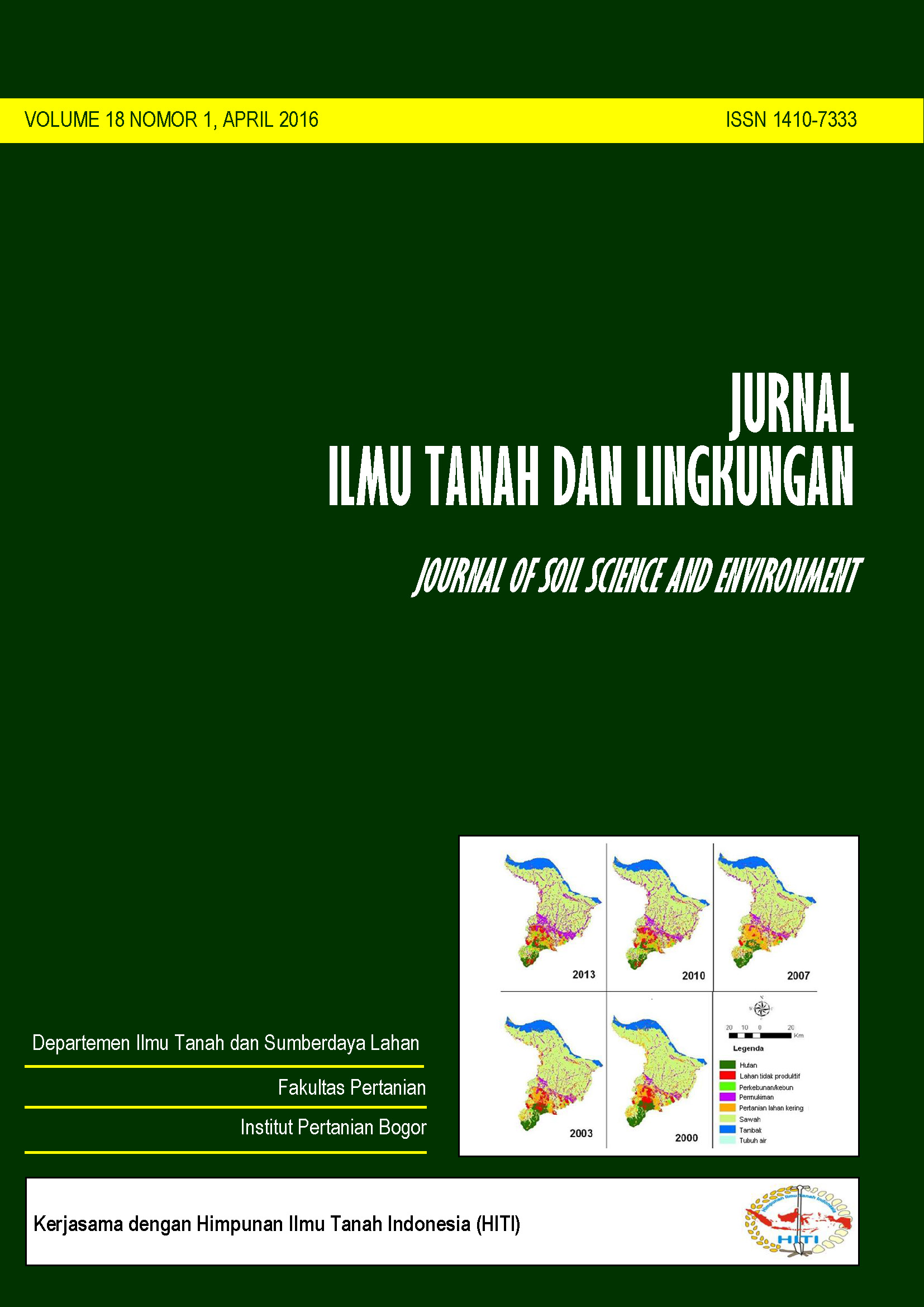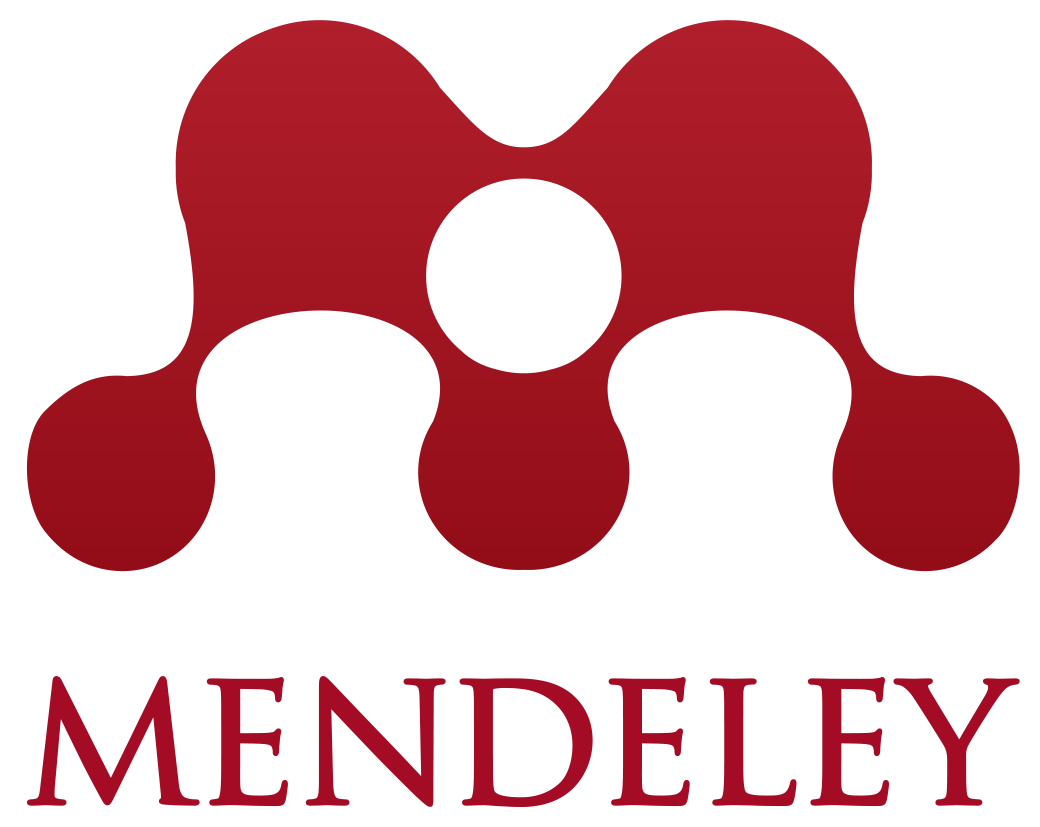Best Management Practice to Reduce Flow Discharge and Sediment Yield in Ciujung Watershed Using SWAT Model
Best Management Practice untuk Menurunkan Debit Aliran dan Hasil Sedimen DAS Ciujung Menggunakan Model SWAT
Abstract
Ciujung Watershed is the biggest and considered one of the major watersheds in Banten Province related to floods that take place almost every year in the area. The study aimed to review the SWAT (Soil and Water Assessment Tool) Model performance in predicting flow discharge and sediment yield to determine the best management practice to reduce those parameters in Ciujung Watershed. There were some steps in running SWAT model, including: (1) delineate watershed; (2) create Hydrology Response Unit (HRU); (3) HRU definition; (4) climate data input; (5) write SWAT input files; (6) run SWAT model; (7) calibration and validation; and (8) hydrological parameters simulation. The study showed that the model had a good performance in predicting flow discharge with R2 and NSE values in the calibration process of 0.83 and 0.65 respectively. Meanwhile, the model resulted in not a satisfying performance in predicting sediment yield with R2 value of 0.55 and NSE value of -193.62. The validation process in predicting flow discharge produced R2 and NSE values of 0.78 and 0.63 respectively. Land management practices used in this study are reforestation, land degradation rehabilitation, soil and water conservation practice with vegetative and mechanical methods, and all land management practice implementation. The last scenario is the best management practice that can be implemented in Ciujung watershed to maintain watershed conditions. The scenario produced the best river regime coefficient by 65 (moderate), reduced direct runoff and sediment yield by 46% and 95% respectively, and increased lateral and return flow by 32% and 80% respectively.
Keywords: Best management practice, flow discharge, hydrological parameters, sediment yield, SWAT model
Downloads
Department of Soil Science and Land Resources Departemen Ilmu Tanah dan Sumberdaya Lahan, Faculty of Agriculture Fakultas Pertanian, IPB University



















